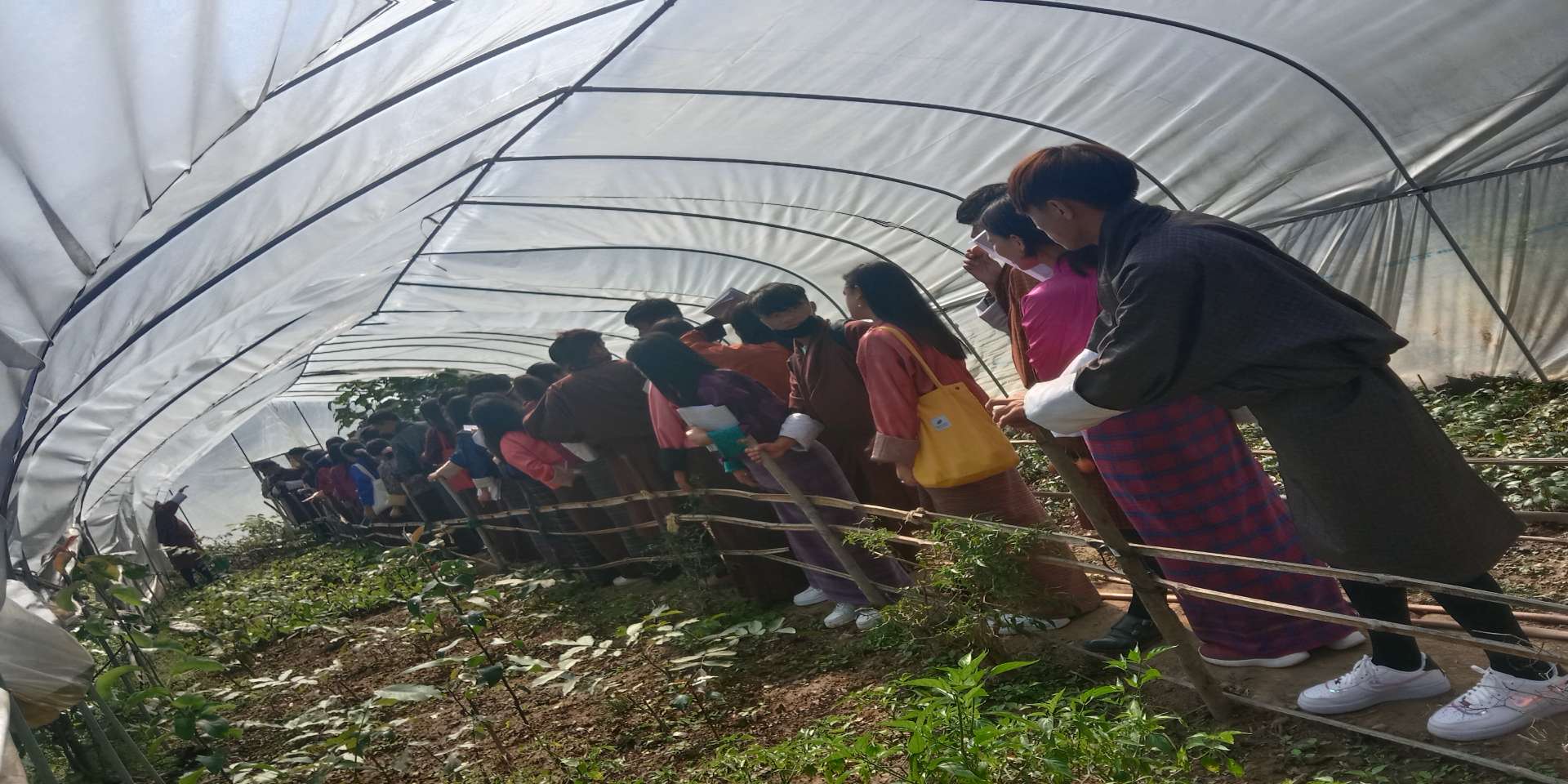Price: Nu. 0/Unit
Large cardamom (Amomums abulatum Roxb.) belongs to the Zingiberaceae family & is native to the moist deciduous and evergreen forests of Sub-Himalayan tracts and it is one of the main cash crops cultivated in the south-western region of Bhutan. The crop gained its economic importance in the early seventies mainly due to the following attributes of being high value, low volume, non-perishable, less dependent on external inputs, not requiring expensive infrastructures, and assured market.
The crop was introduced to Bhutan centuries back from Sikkim and its cultivation gradually started in other parts of Bhutan covering mainly the southern foothills. The present cultivation of crops is based on the inherent indigenous knowledge of the farmers which was derived and adapted from farmers in Sikkim. As a result, the package of practices was developed to provide information on the cultivation practices of the crop.
Cardamom plantations in Bhutan covered an area of about 13,880 acres with an annual production of 2,245 MT in 2017. Samtse, Chukha, Dagana, Tsirang, Sarpang and Trongsa are the major large cardamom growing Dzongkhags.
Large cardamom is grown only in India, Nepal, and Bhutan. Bhutan is third after Nepal and India in the production of large cardamom in the world.


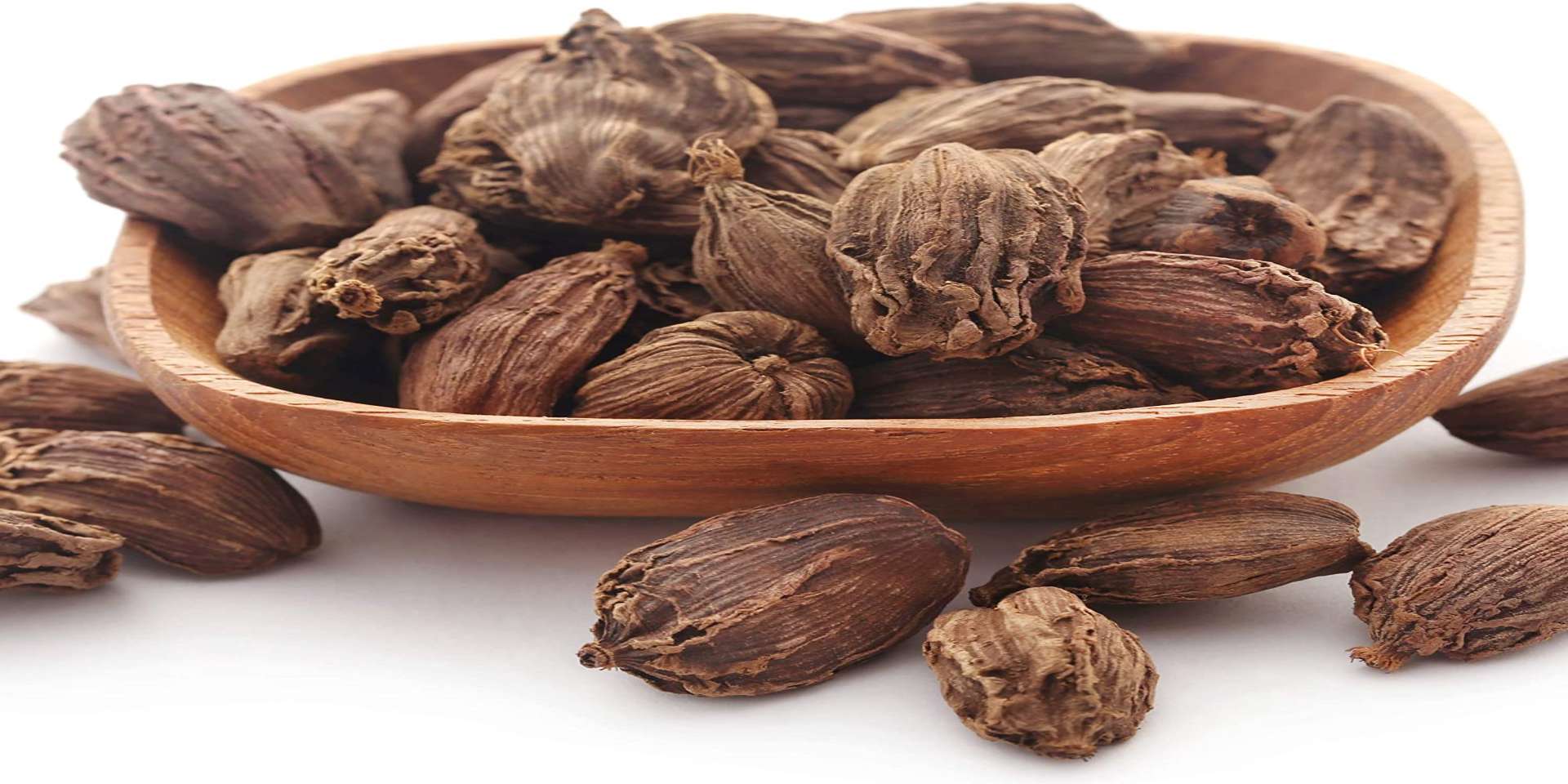
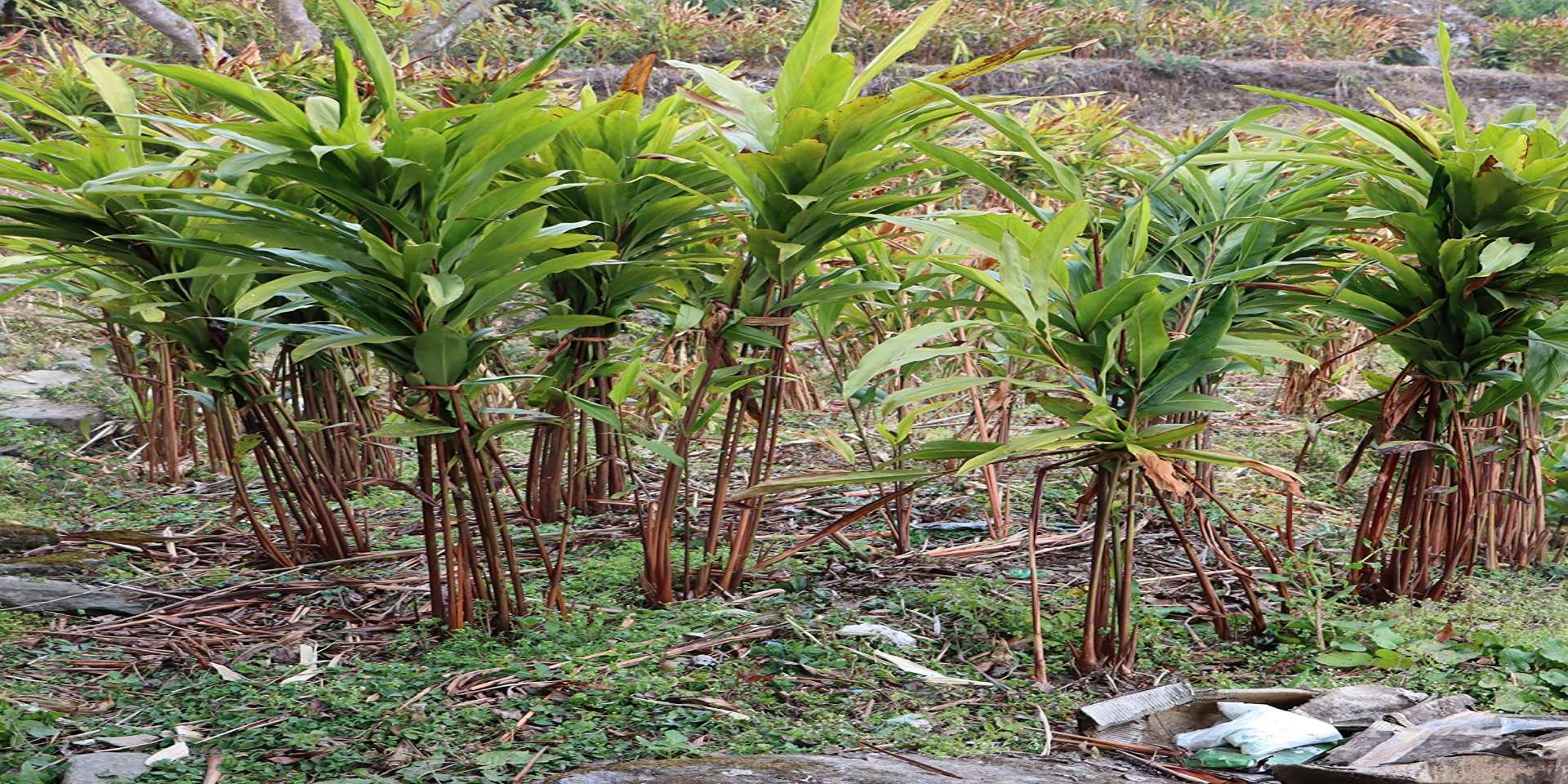

.jpg)


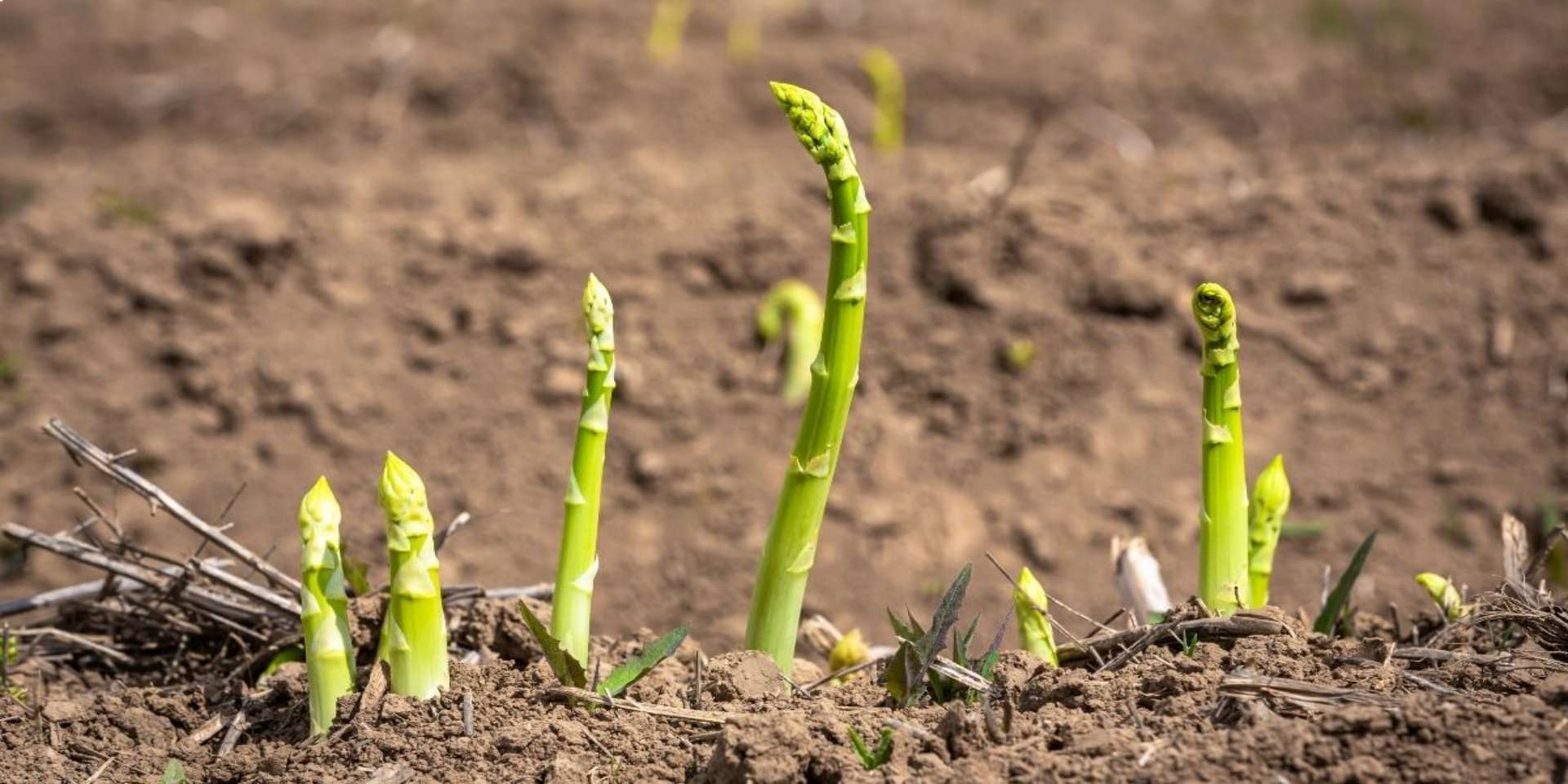
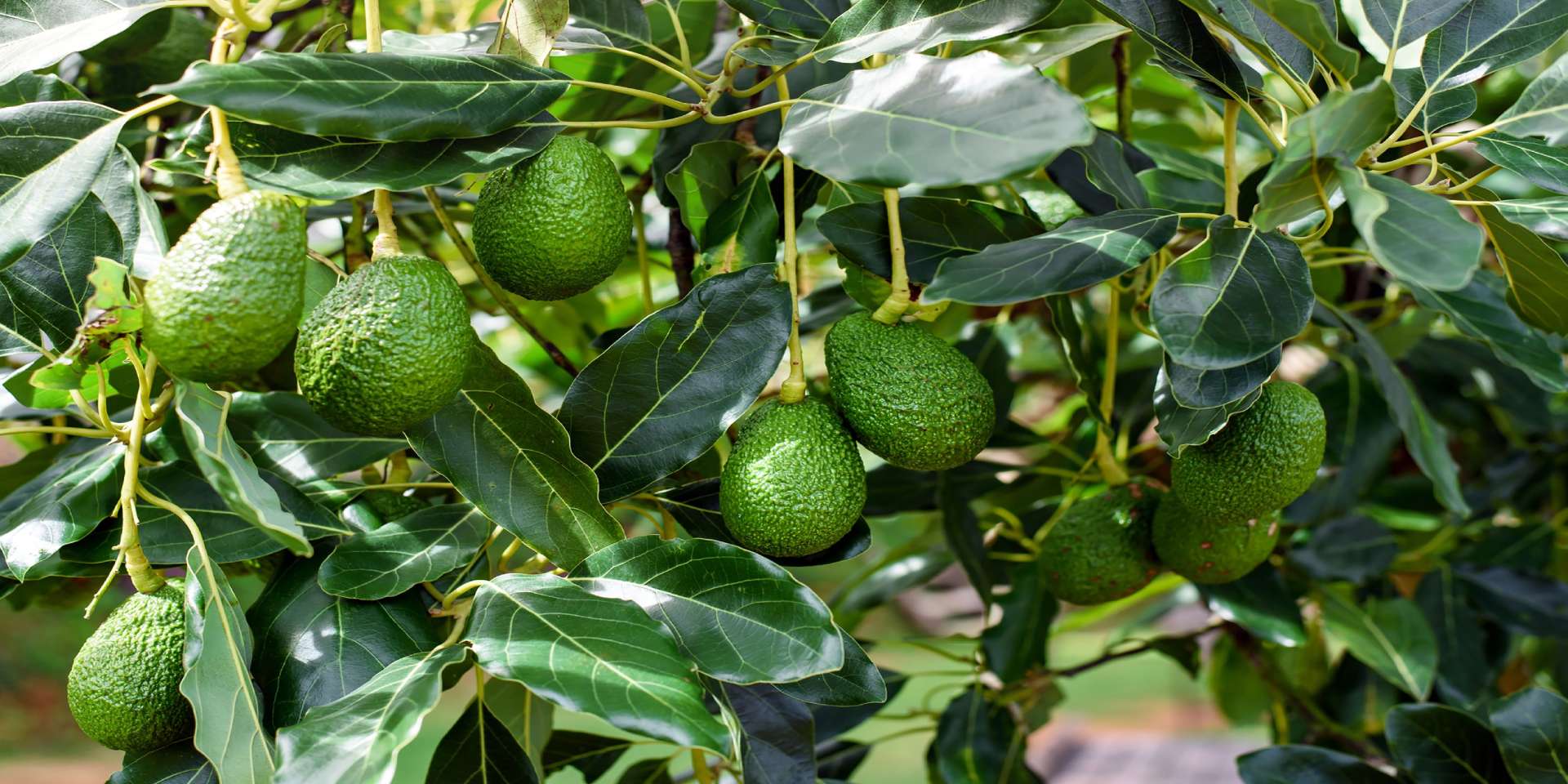
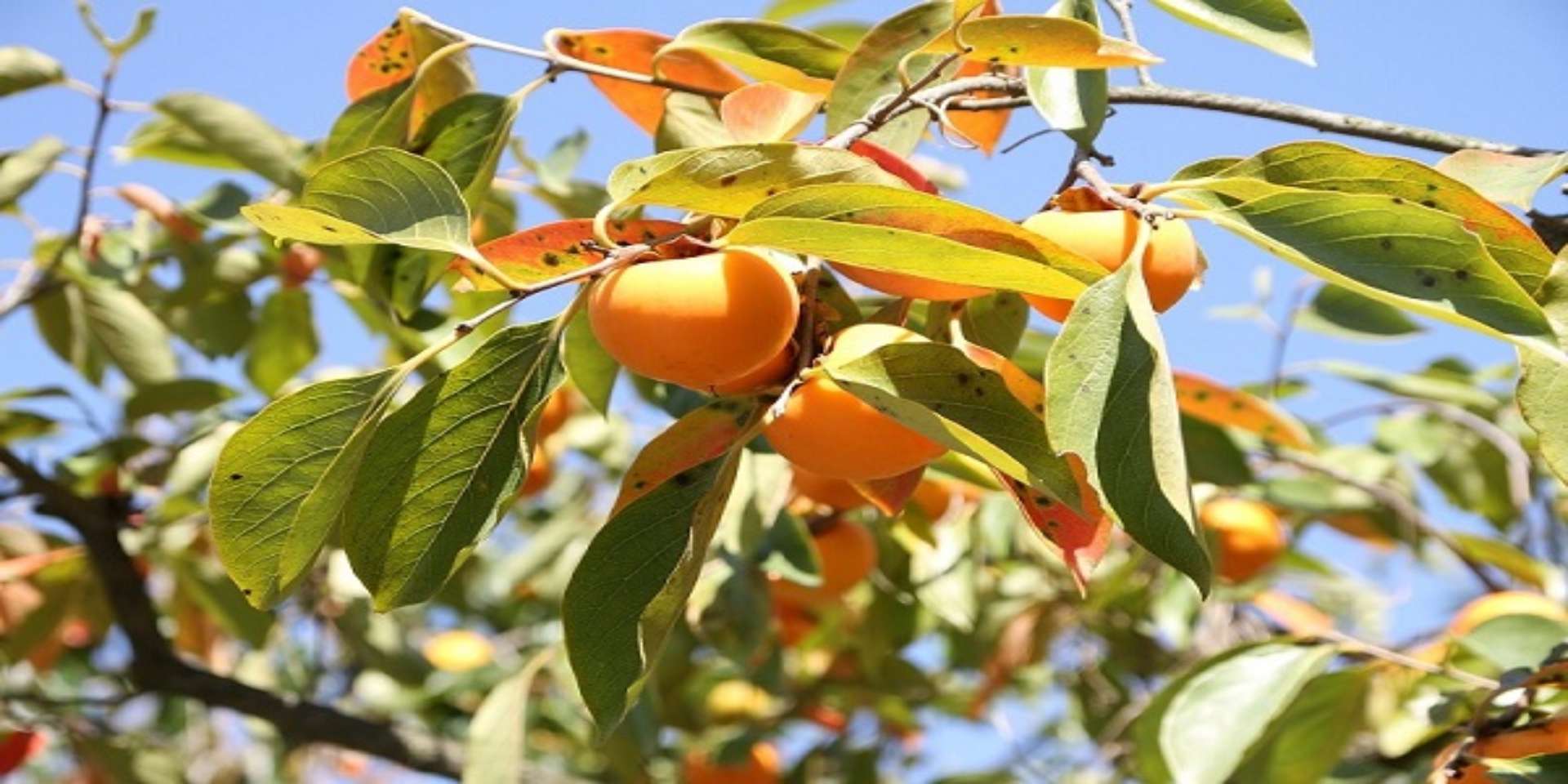
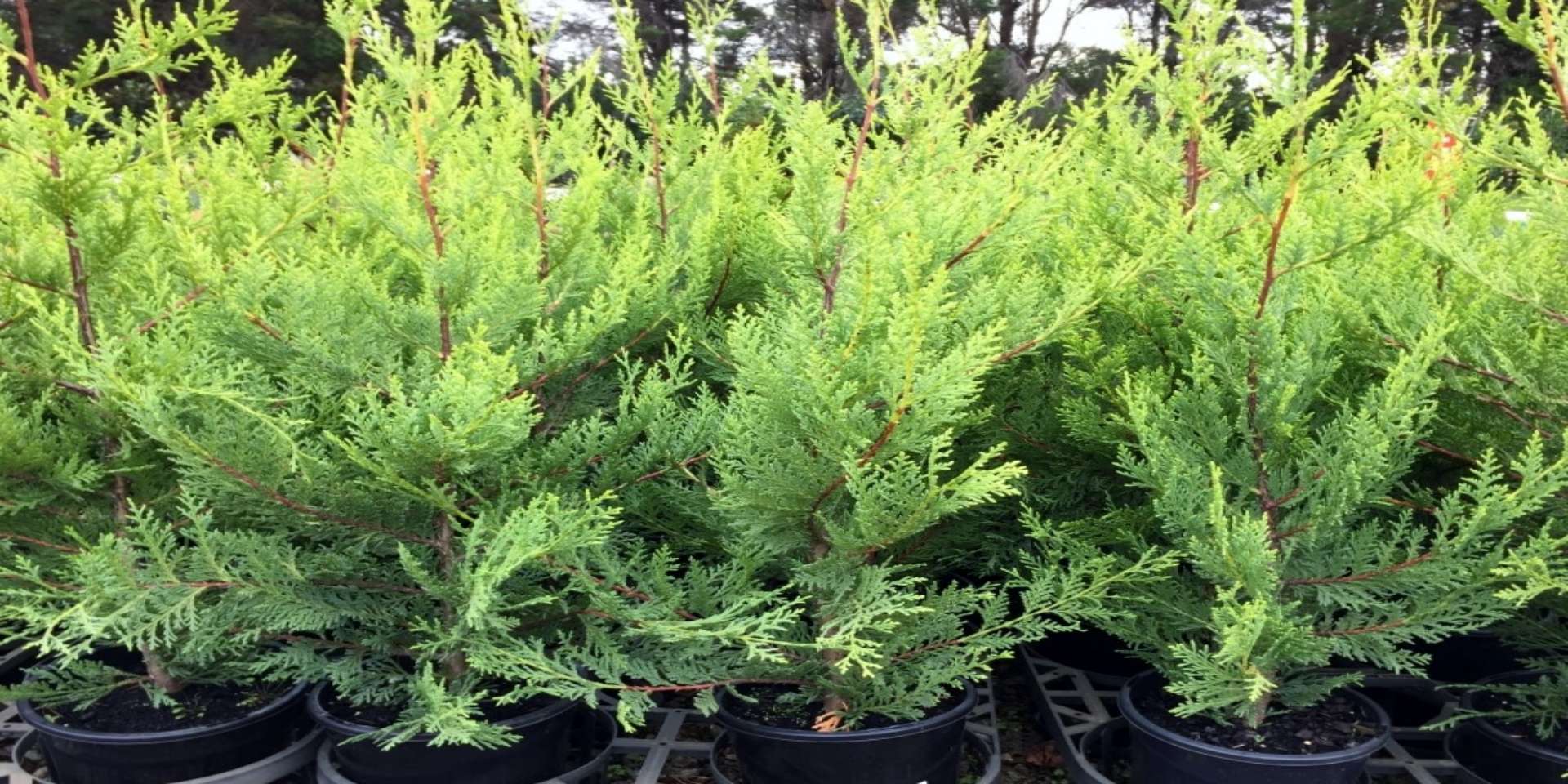

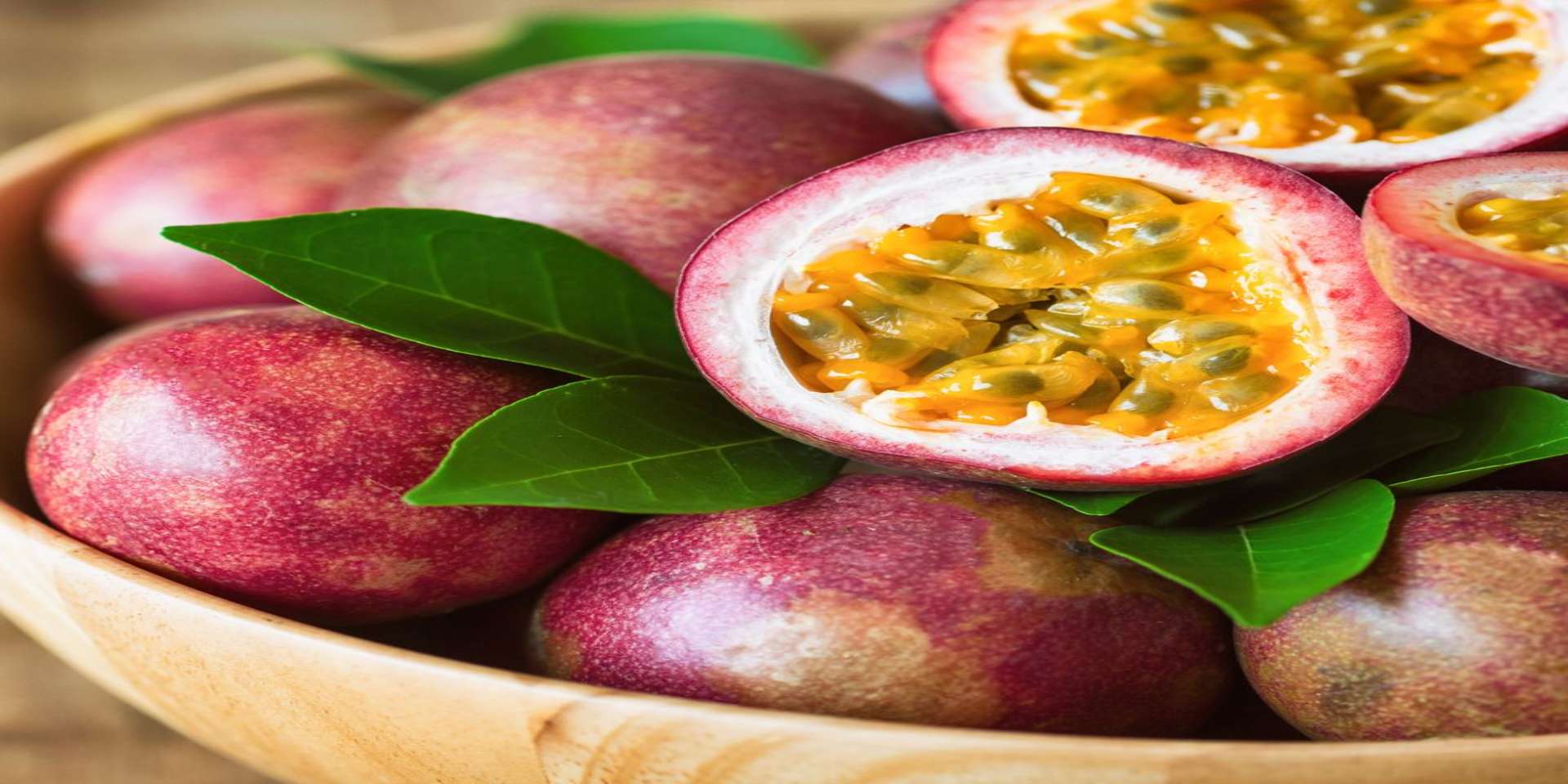
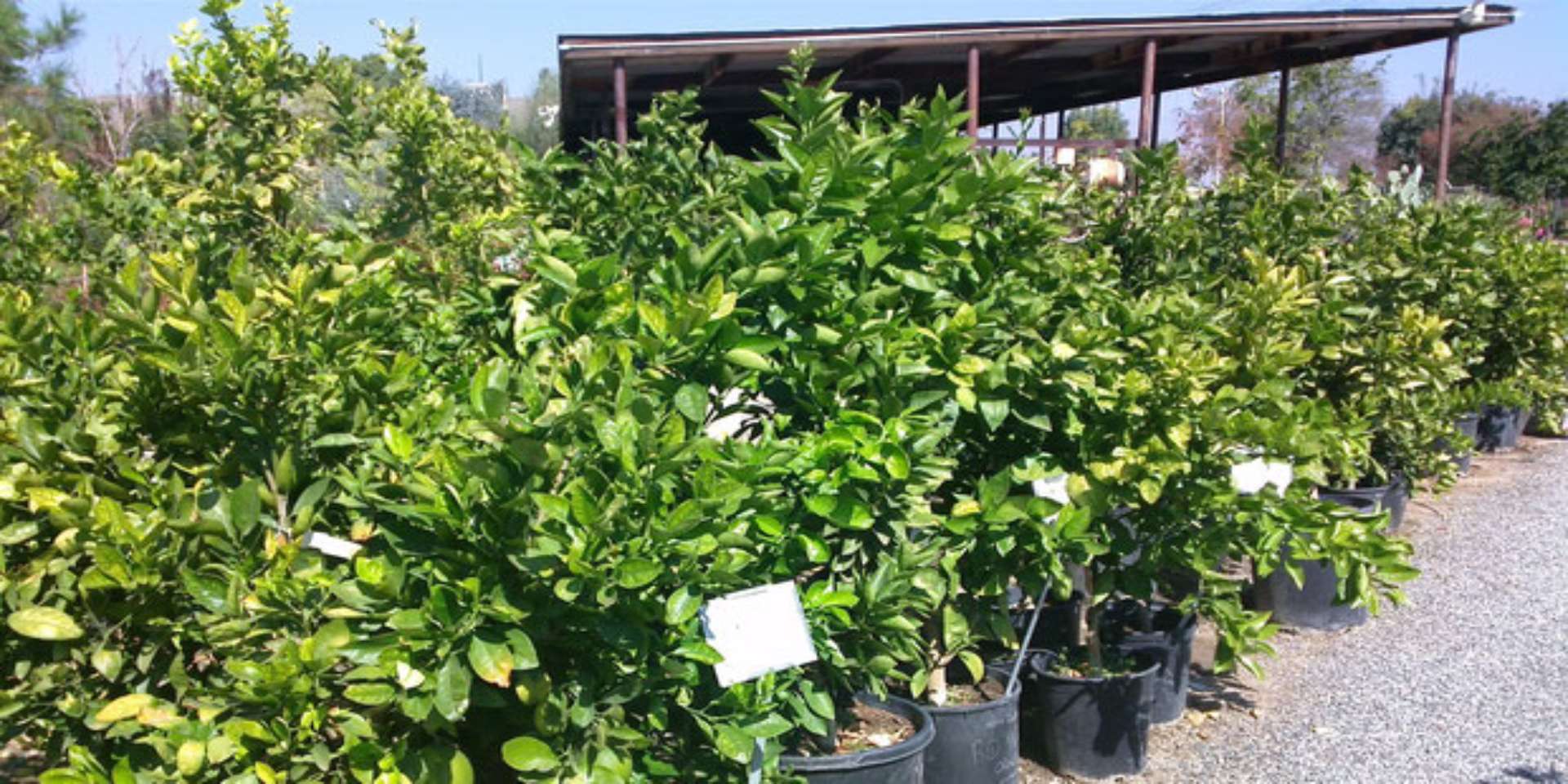
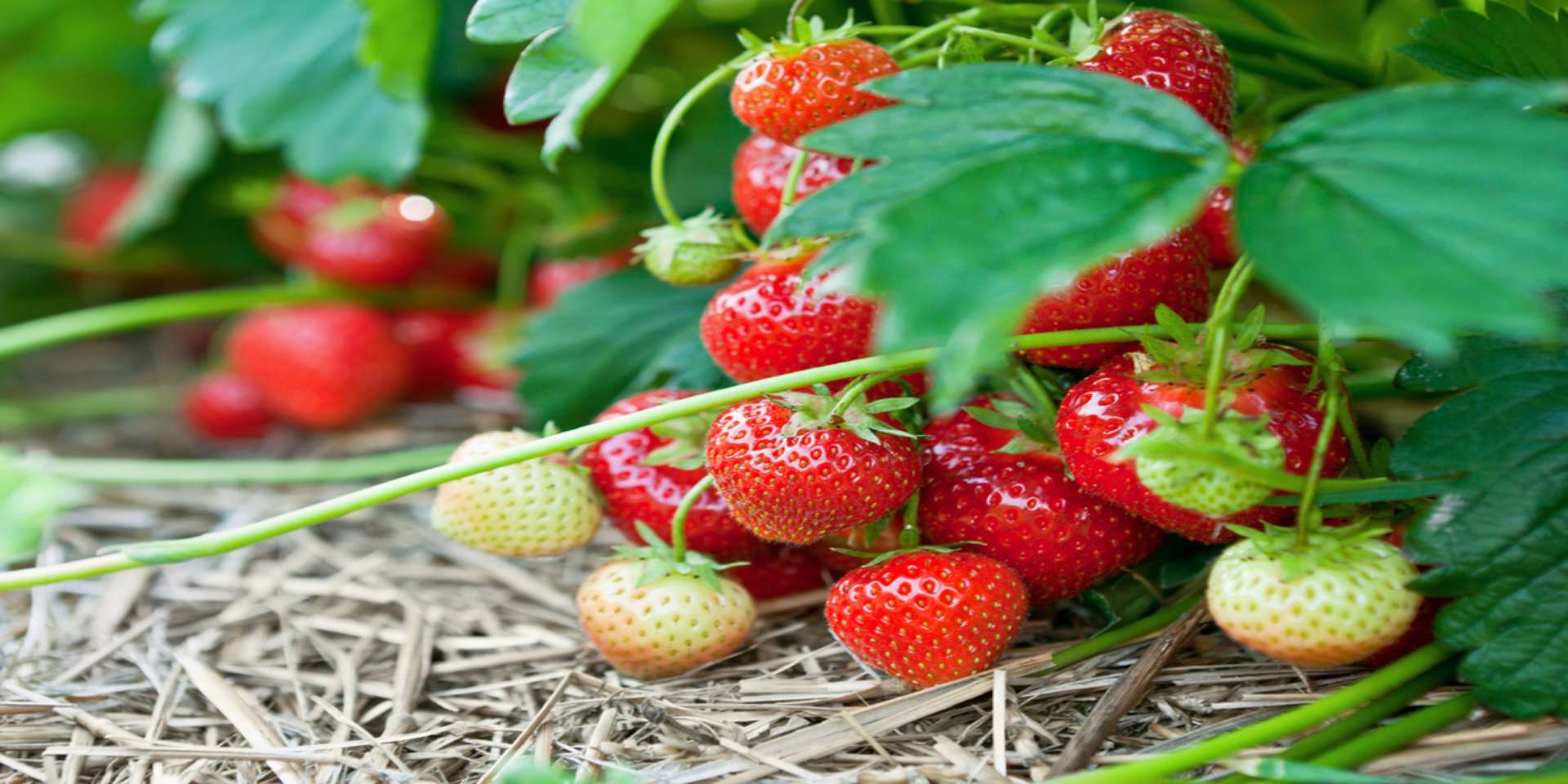
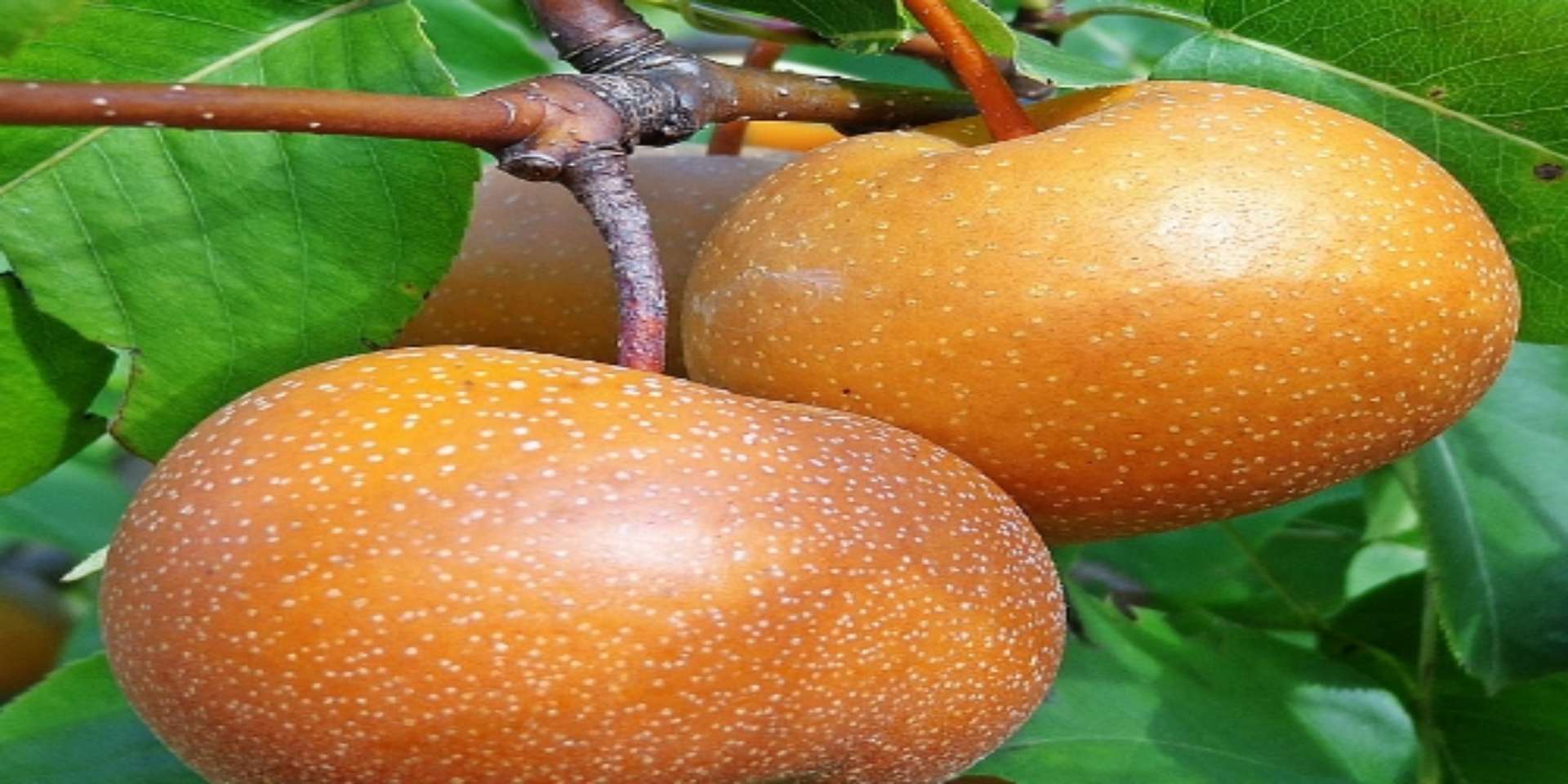
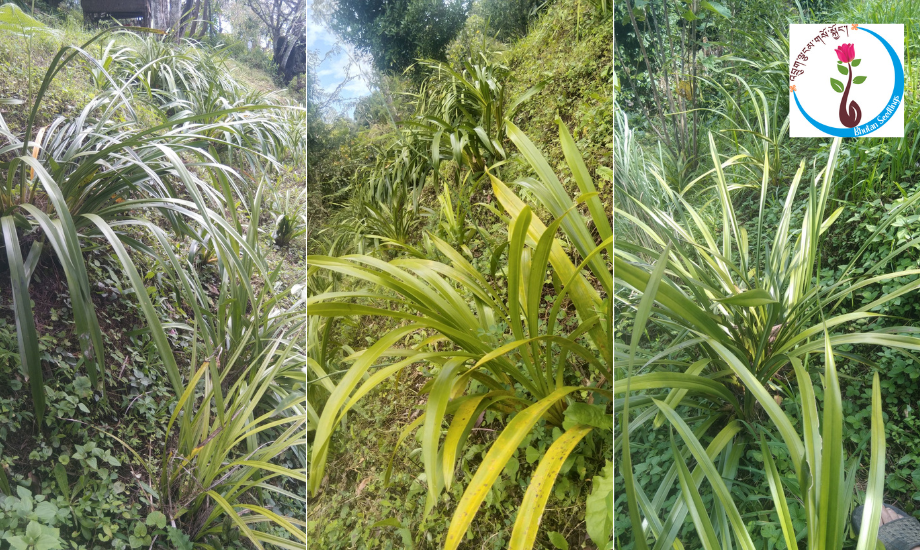
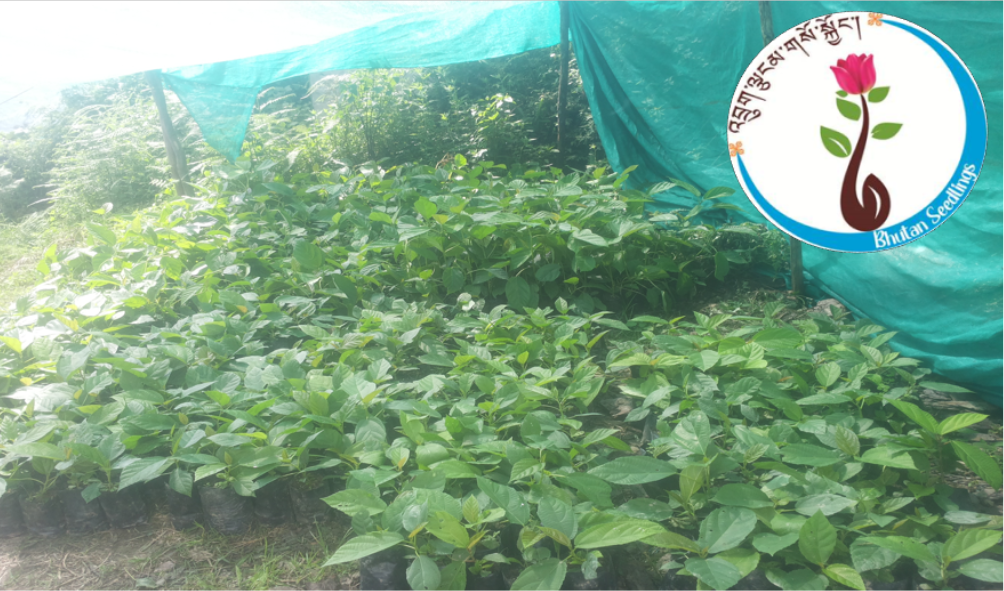
.png)


